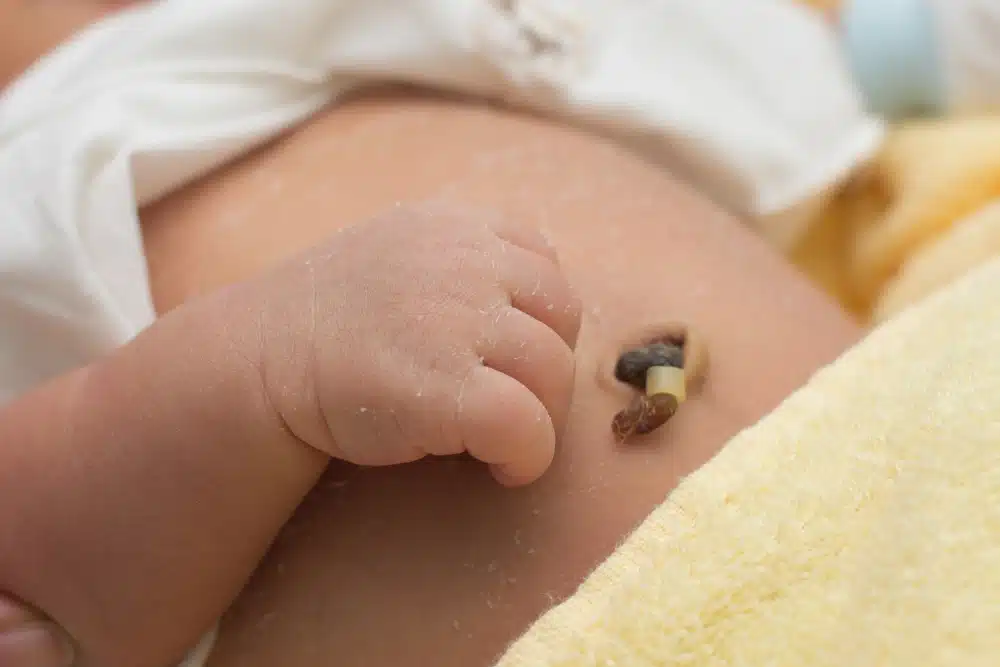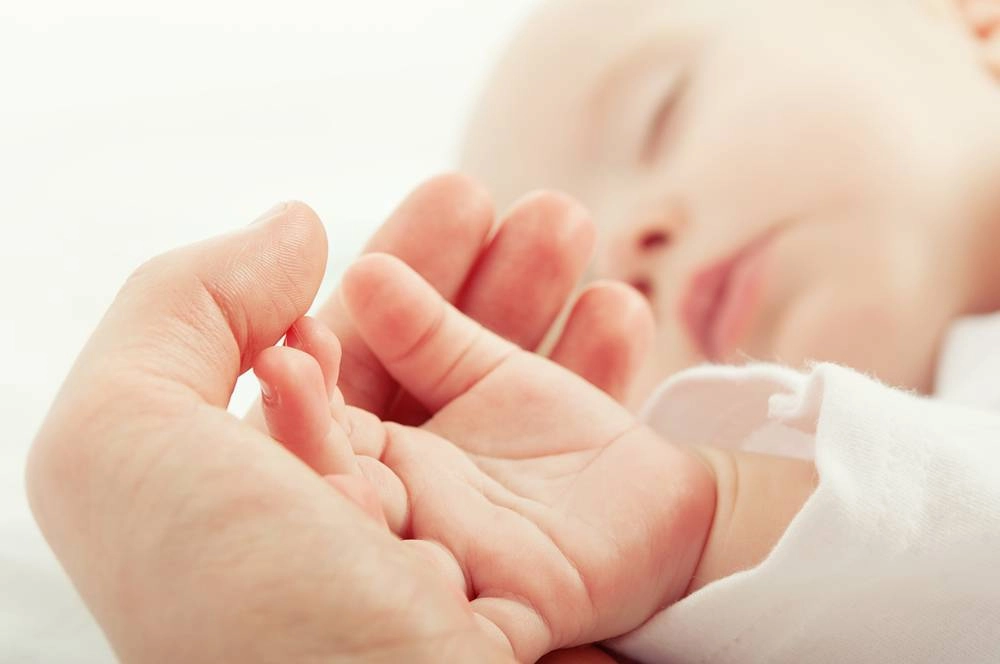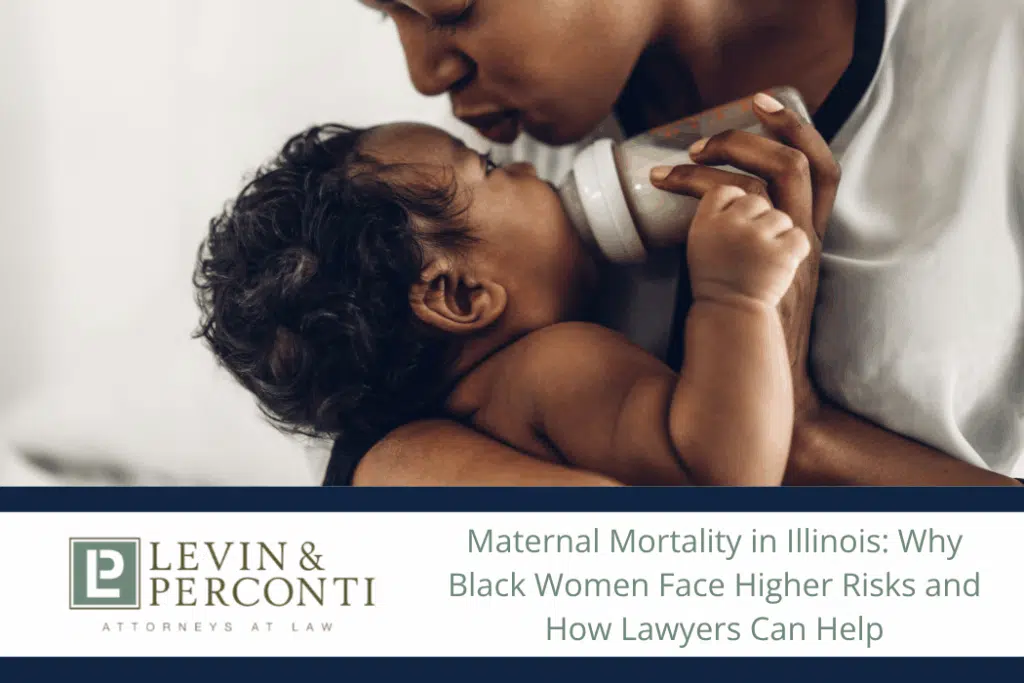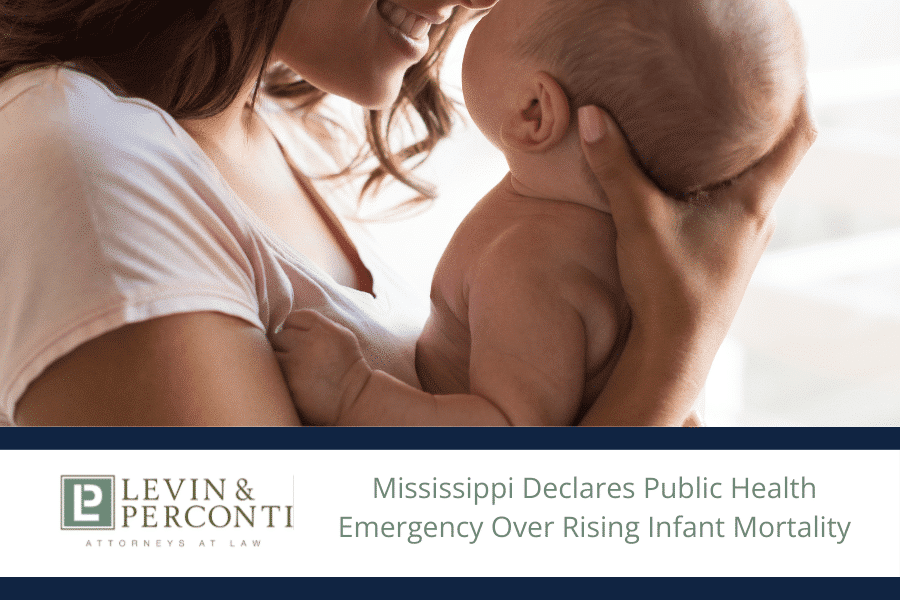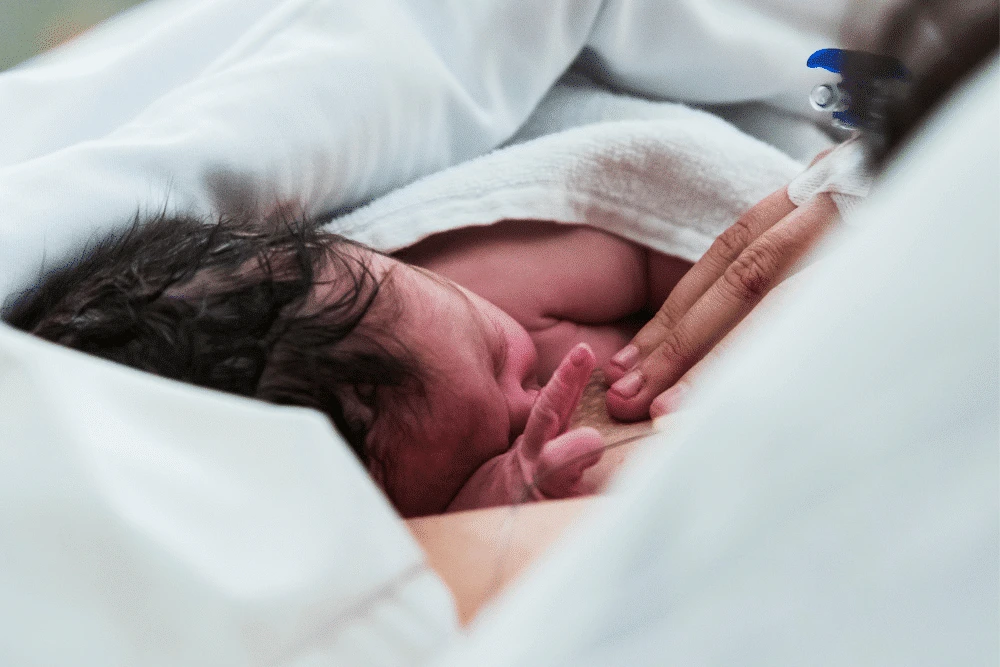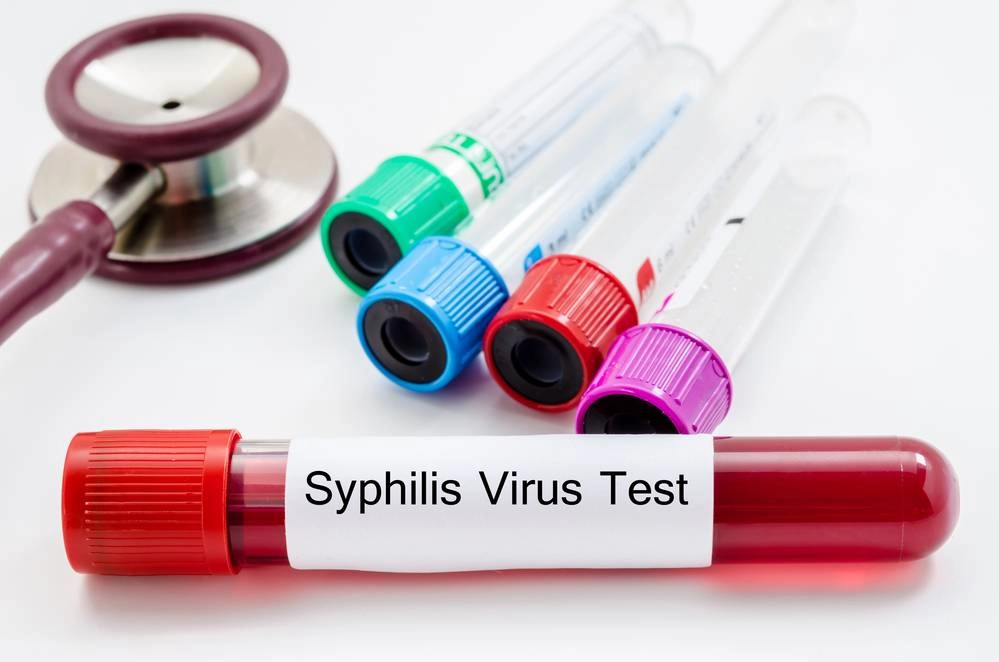
Read Bio
Since 1979, Dov Apfel has been passionate about advocating for birth injury and medical malpractice victims. Mr. Apfel’s career-long record of achievements in birth injury litigation, education, and advocacy has been recognized by the Executive Board of the Birth Trauma Litigation Group of the American Association for Justice. His expertise is demonstrated by his numerous awards, presentations on birth injury topics at legal conferences for organizations like the AAJ and ATLA, and articles published by Trial Magazine and many others.
Read Bio
Since 1979, Dov Apfel has been passionate about advocating for birth injury and medical malpractice victims. Mr. Apfel’s career-long record of achievements in birth injury litigation, education, and advocacy has been recognized by the Executive Board of the Birth Trauma Litigation Group of the American Association for Justice. His expertise is demonstrated by his numerous awards, presentations on birth injury topics at legal conferences for organizations like the AAJ and ATLA, and articles published by Trial Magazine and many others.
Spinal cord injuries in newborns are usually a result of excessive traction or rotation of the spinal cord and twisting of a baby’s trunk during delivery, and can be caused by vacuum extraction or the use of instruments such as forceps. A physician who is trying to deliver and manually manipulate positions quickly may further put a baby at risk, making a negligent doctor one of the most common reasons for a spinal cord injury to occur. The severity, mortality, and disability will depend on the type and location of the damage. Other related injuries may include pediatric skull fractures, Erb’s Palsy, and lifelong bladder and bowel dysfunction.
The best way to avoid these types of injuries is for a doctor to properly evaluate the baby’s position before labor and delivery begin. Just as important is the close observation of injury symptoms and an injury diagnosis by use of ultrasonography or MRI of the newborn’s spinal cord after delivery.
Signs of Infant Spinal Cord Injury
Pediatricians must perform a physical exam of all newborns to identify birth injuries and to differentiate them from congenital malformations or birth defects. Still, it is the responsibility of the interprofessional team involving obstetricians, neonatologists, pediatricians, radiologists, and specialty trained nurses to provide a watchful care effort as well.
The affected newborns may present with mild benign signs to severe life-threatening symptoms. Signs of a spinal cord injury may include:
- Seizures
- Difficulty suckling, eating or swallowing
- High-pitched crying, grunting or overall fussiness
- Low oxygen levels
- Lowered heart rate
- Sensitivity to light
- Excessive drooling
- Sleepiness
- Curled hands and feet
- Weakness, paralysis, or absent reflexes
- Muscle stiffness or looseness in limbs
- Loss of bladder or bowel control
Following a diagnosis, newborns who sustain birth injuries may be at risk for neurodevelopmental impairment and will need to be monitored closely. A coordinated care team should include a pediatrician, physical and occupational therapist, and a developmental-behavioral pediatrician supported by the care of clinical and nursing staff. While some birth injuries are unstoppable, many can be prevented or lessened in severity with an attentive and careful approach.
Contact a Chicago Birth Injury Lawyer for Help
Birth injuries caused by the mistake or a careless act of the doctor or other medical staff are considered medical malpractice. When injuries to an infant occur during labor and delivery, they can cause emotional, physical, and financial demands on parents as well. A family may be able to seek damages to cover the high costs of medical care and treatment as well as compensation for a loss of quality of life.
If you suspect medical negligence may have contributed to a spinal cord injury to a newborn during or after labor, please contact Levin & Perconti toll-free at 877-374-1417, or in Chicago at 312-332-2872 for a FREE consultation.
